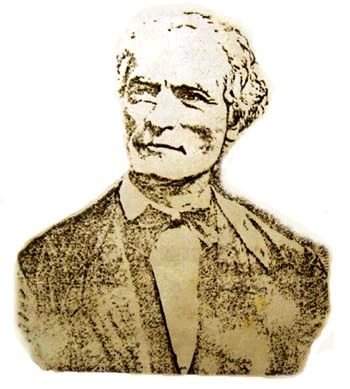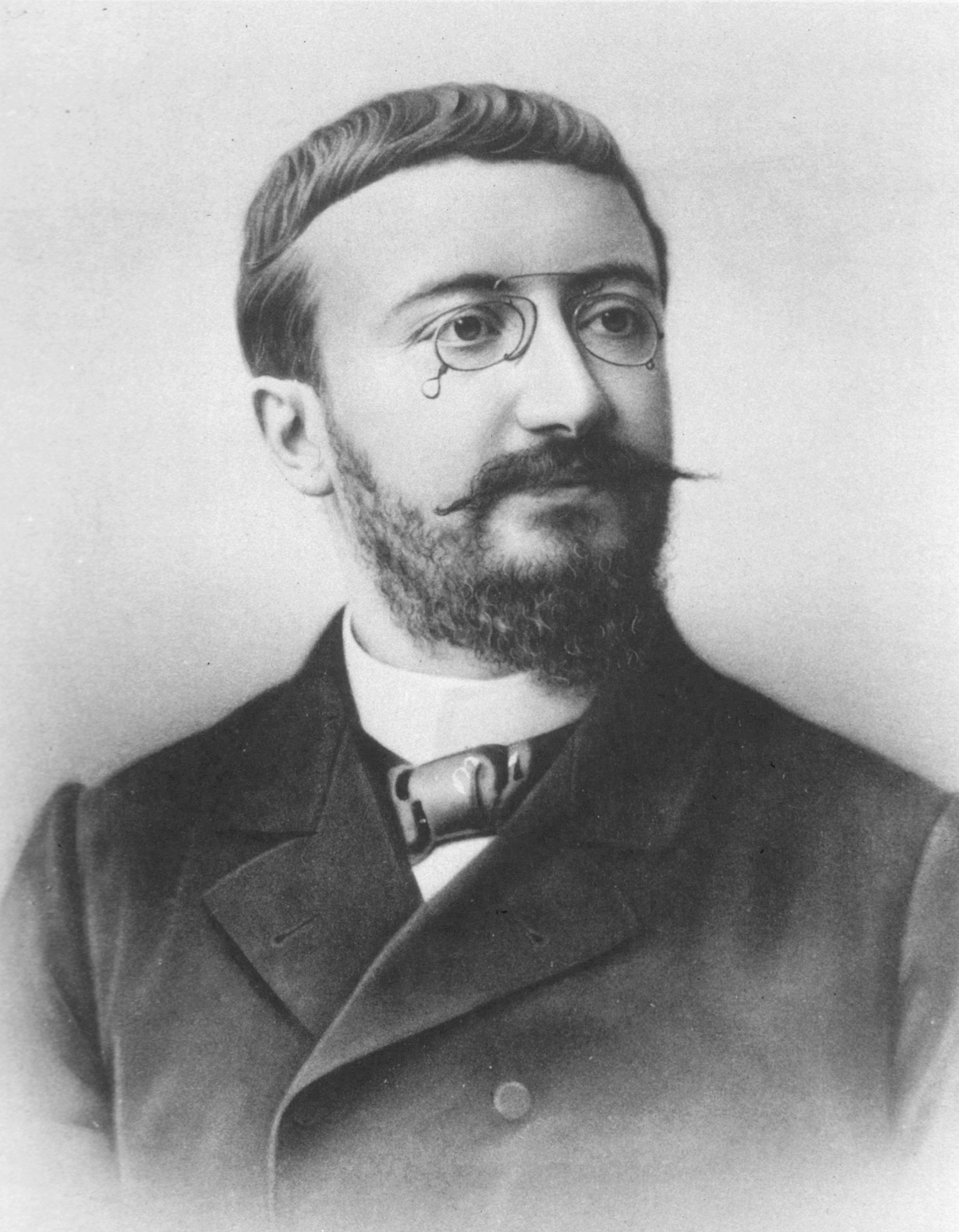A brief history of handwriting analysis is listed below.
- The interest in handwriting as a personality indicator originates far back in history. Over 2000 years ago, Aristotle noticed the relationship between handwriting and character while the Chinese also made same the observation.
 |
| Sculpture of Aristotle |
- It was in 1622 that an Italian physician and professor of philosophy at the University of Bologna, published his book describing the analysis of character through the study of handwriting. This made the idea more widely known, investigated, and accepted.
- In the late 1800's, Abbe Michon who was the head of a school in Paris, wrote several books on handwriting and coined the name of "graphology". Later, his successor, Crepieux Jamin, classified the many features of graphology into a comprehensive system known as the twelve handwriting characteristics.
 |
| Abbe Michon |
 |
| Crepieux Jamin |
- Meanwhile, during the 1890's in Germany, Dr. Ludwig Klages, a philosopher and graphologist, applied gestalt theory to graphology, which advanced his theories of rhythm and "form level" and significantly broadened the scope of graphology.
- Max Pulver, a Swiss professor who lectured in Graphology at the University of Zurich used psychoanalysis for the first time in the interpretation of writing. This line of investigation was also followed by Ania Teillard, who worked closely with C.G. Jung for 20 years and applied his own theories (extrovert and introvert etc.) to the theory of graphology.
 |
| Max Pulver |
- Alfred Binet was the psychologist who founded the present method of I.Q. Testing. He was a firm supporter of handwriting analysis. He confirmed that certain character traits are reflected in handwriting.
 |
| Alfred Binet |
- As a method of personality assessment, handwriting analysis has been validated by research using both empirical and clinical procedures.
This looks really great; I especially like the list format because it makes the post more fun to read.
ReplyDeleteThe "Jamin" graphic partially obscures your text.
ReplyDeleteI really enjoyed reading this, mostly because of the pictures which are amazing by the way. All the information helped me to start on my caligraphy project. I have to analyze the history of handwriting and how styles have evolved over time and it sounded impossible. This was a HUGE help. (:
ReplyDelete